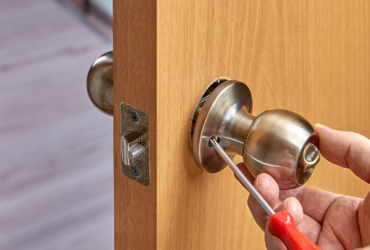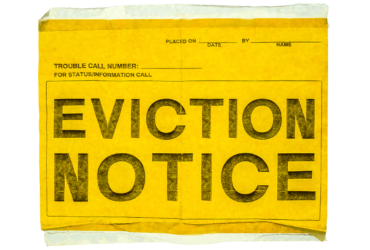The landlord is legally prohibited from removing a tenant other than through the formal court eviction process
Self-Help is an act that endangers the physical safety of both the landlord and the tenant. The law prohibits landlords or their agents from engaging in self-help in eviction.
The owner and property manager must strictly follow the state’s eviction laws.
Examples of self-help include:
- entering the tenants unit with a master key
- changing the locks
- turning off the utilities
- removing doors or windows.
- intentional and malicious harassment of the tenant
A tenant is still legally entitled to privacy and the quiet enjoyment of the property even if the tenant has not paid the rent.
Example:
In a 2020 case out of Texas, a landlord was in the process of breaking down his tenant’s door to physically remove the tenant from the premises for nonpayment of rent.
The landlord was unaware that the tenant had changed the lock to the front door. It was late at night, and the tenant was sleeping in his bedroom.
Awakened and alarmed by the sound of the door being busted in and thinking it was an intruder, the tenant grabbed his shotgun and pointed it at the front door. Unable to see who it was, the tenant pulled the trigger. When the tenant saw his landlord on the floor drenched in blood, he called the police.
The landlord had survived his wounds but was sued for unlawful entry from the tenant and violating the state’s prohibition against self-help.





